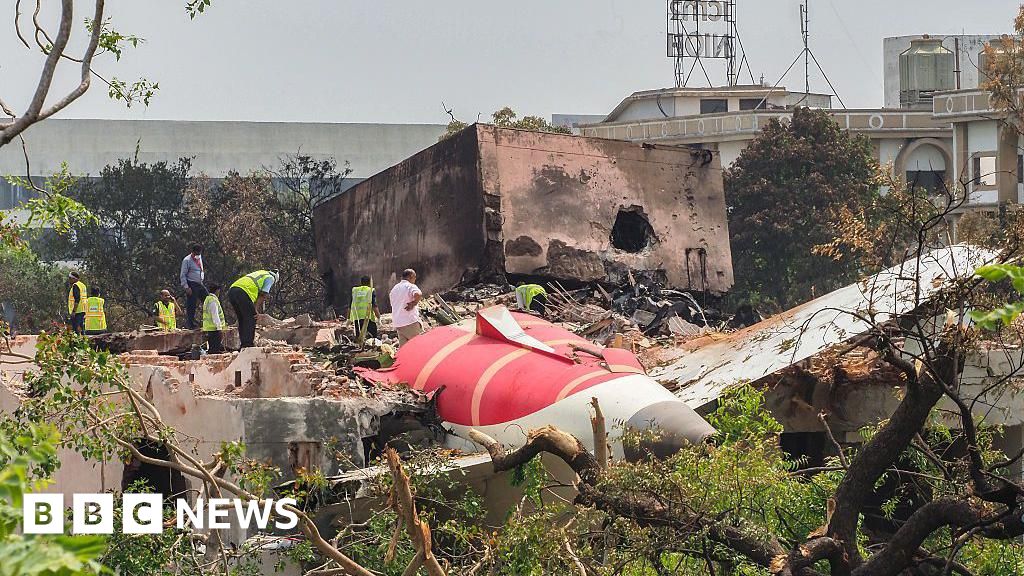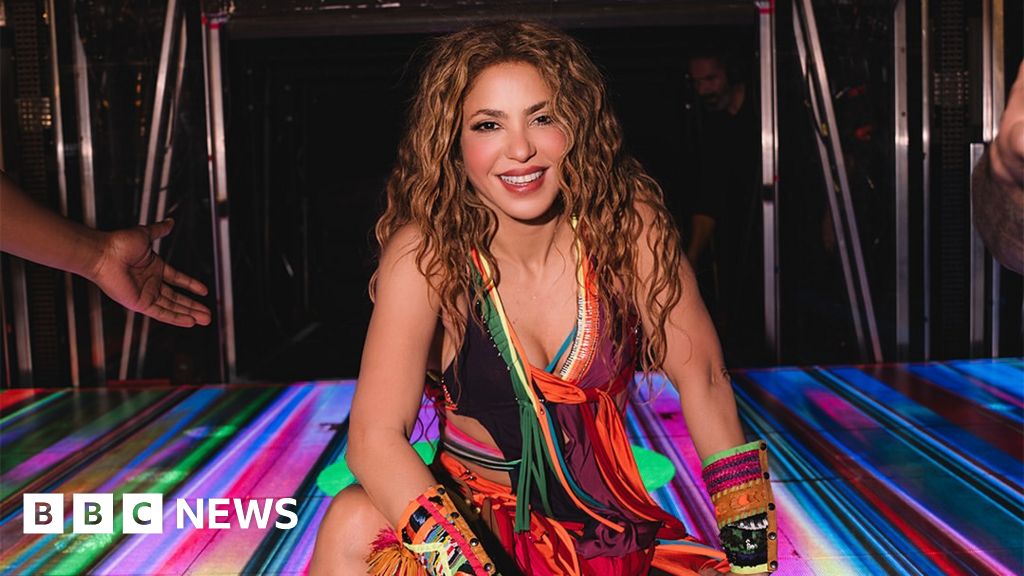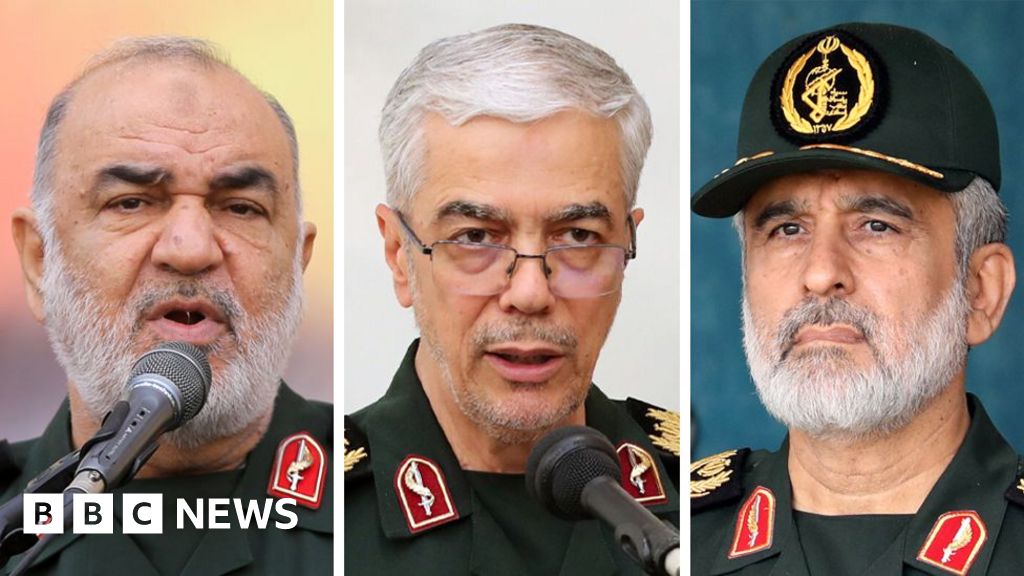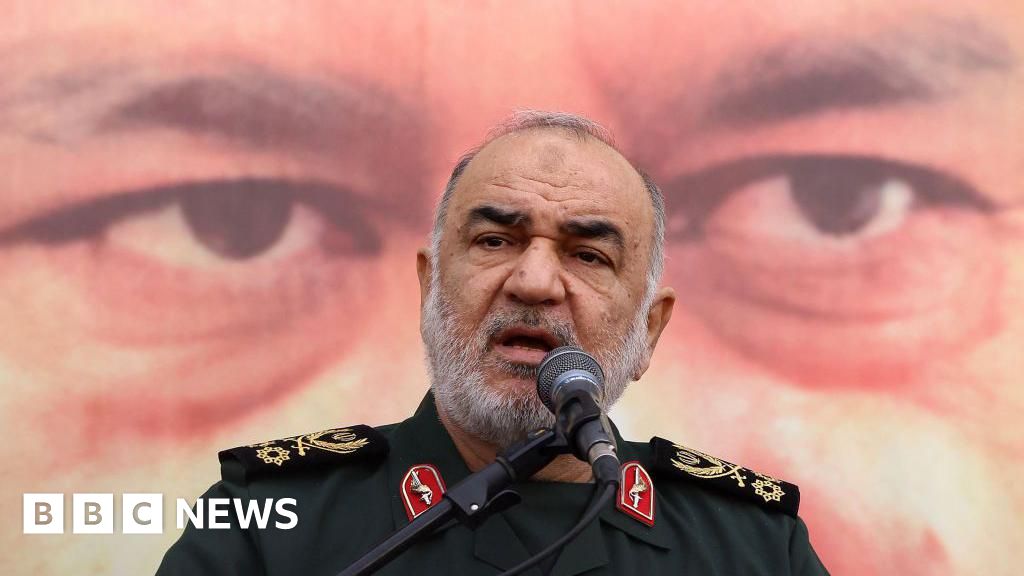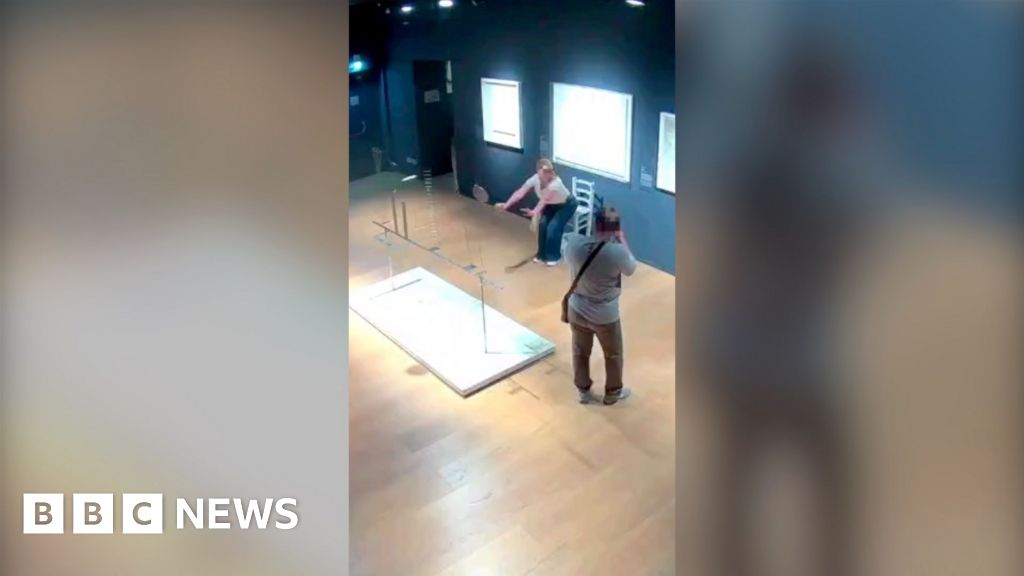President Vladimir V. Putin is, brutally, walking a tightrope.
The Russian leader appears eager to keep up talks with President Trump as Moscow brims with optimism that energy deals, direct flights and the lifting of sanctions could all be in the offing. He is expected on Friday to host the White House envoy Steve Witkoff for their fourth meeting in three months.
But Mr. Putin has cast aside Mr. Trump’s calls for a quick peace in Ukraine, with the ferocity of Russia’s airstrikes on civilian targets seemingly increasing. Mr. Putin openly admitted this week that Russia had bombed a restaurant because, he claimed, people “deserving the most serious punishment” were “drinking vodka” there.
The result is a game-of-chicken negotiation with Mr. Trump, as the American president threatens to walk away while Mr. Putin keeps testing his patience. The Kremlin is still exuding calm confidence, even with Mr. Trump posting on social media, “Vladimir, STOP!” on Thursday in response to Russia’s deadliest missile attack on Kyiv, the Ukrainian capital, in nearly a year.
“We are ready to reach a deal,” Sergey V. Lavrov, Russia’s foreign minister, said in an interview aired late Thursday by CBS News. “But there are still some specific points, elements of this deal, which need to be fine tuned, and we are busy with this exact process.”
Overnight, Russia continued its airstrikes. The Ukrainian authorities said on Friday that a large-scale drone attack had killed three, including a child, in the eastern city of Pavlohrad.
In Russia, experts and people close to the Kremlin say that Mr. Putin’s calculus is simple: Until now, the Russian president has been convinced that he has more to gain on the battlefield than by accepting the deal Mr. Trump appears to be offering. Even taking a temporary cease-fire, Mr. Putin believes, would mean surrendering so much negotiating leverage that it would only make sense to do so after major concessions from Ukraine and the West.
At the same time, Mr. Putin — a leader who likes to keep his options open and hedge his bets — doesn’t want to foreclose the possibility of a war-ending settlement. And Mr. Trump, given his obvious sympathy for Mr. Putin and distaste for President Volodymyr Zelensky of Ukraine, has given the Russian leader plenty of reason to think he can push the envelope.
“For him, it is still important to leave a window of opportunity open, but not to force the process,” Grigorii Golosov, a professor of political science at the European University in St. Petersburg, Russia, said in a phone interview.
Mr. Putin believes, Professor Golosov added, that as long as he has the battlefield advantage, “He can gain benefits not only in terms of seizing territory, but also in terms of undermining Ukraine’s defense capability and demoralizing the Ukrainian population.”
In Europe and the United States, the Trump administration was widely criticized this past week for outlining a potential peace deal that seemed heavily skewed toward Russia. Mr. Trump and Vice President JD Vance expressed a readiness both to recognize Russia’s annexation of Crimea and to freeze the current front line, a de facto acceptance of Russia’s occupation of nearly one-fifth of Ukrainian land.
Mr. Trump said on Thursday that Mr. Putin would be making concessions simply by “stopping taking the whole country” — a goal that analysts don’t believe Russia has any chance of accomplishing.
The current deal being floated by the Trump administration would fall well short of Mr. Putin’s stated war aims. The concessions offered by Trump administration officials do not provide for Russian control of all of the Ukrainian land that Mr. Putin has claimed to be part of Russia, nor do they limit the size of Ukraine’s army, something that Mr. Putin has demanded since the early weeks of the war.
While Mr. Trump has made clear that Ukraine will not join NATO on his watch, Mr. Putin’s designs on a renewed Russian sphere of influence in Eastern Europe go much further. Weeks before he invaded Ukraine in 2022, Mr. Putin called on NATO to halt all further expansion eastward and to withdraw military infrastructure placed in Eastern European states after 1997.
As if to make his point, Mr. Putin’s military in recent weeks has launched fierce strikes on Ukrainian cities. Mr. Putin acknowledged on Monday that Russia had struck civilian targets because, he claimed, they were being used by Ukrainian soldiers and “nationalists,” as well as by their “international curators.”
“They’re holding gatherings, conferences, meetings in a restaurant, celebrating something, drinking vodka,” Mr. Putin said, an apparent reference to a Russian missile strike on a restaurant in central Ukraine on April 4 that killed nine children. Security footage showed that the restaurant had been filled with women attending a beauty industry event.
The Kremlin is also signaling that, despite the brutality of the fighting, Mr. Putin could still make a deal by coming down from some of his most far-reaching demands.
In such a nod, a Moscow newspaper editor with Kremlin connections, Konstantin Remchukov, published a column over the weekend arguing that the fine print of Mr. Putin’s annexation of four Ukrainian regions in the fall of 2022 gave him the wiggle room to accept an armistice freezing the fighting at the current front lines.
The reason Mr. Putin is continuing to fight, Mr. Remchukov wrote, is that he wants to fully expel Ukrainian forces from the Russian border region of Kursk, a push that Russia’s top military commander said last week was 99.5 percent accomplished.
“As soon as the last half percent is liberated, the troops can stop where the news finds them,” Mr. Remchukov wrote.
In a phone interview, Mr. Remchukov said that Mr. Putin would be ready for a Ukraine deal because doing so would unlock the vast benefits of cooperating with Mr. Trump, including sanctions relief, the return of frozen Russian assets, renewed direct flights to the West and joint energy projects in the Arctic.
“Why shouldn’t Putin stop fighting,” Mr. Remchukov asked, “if the foreign policy preconditions for doing so have been created in the form of the new president of the United States?”
Source link


